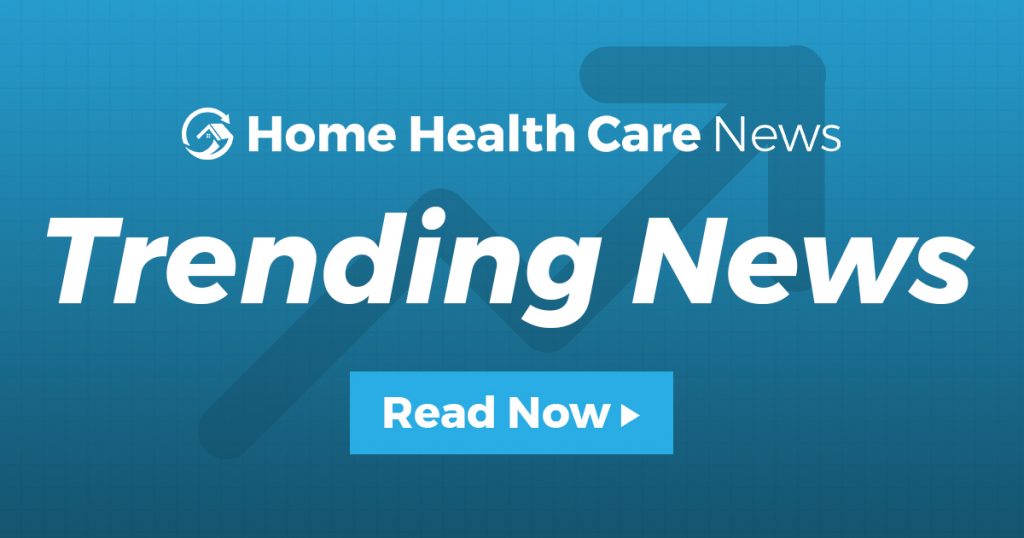
GE’s Healthcare Arm Dives Further Into Home-Based Care
GE Healthcare, the $17.7 billion health care arm of General Electric (NYSE: GE), is further investing in the home-based care space through a remote patient monitoring (RPM) partnership with AMC Health.
This week, the two companies announced a joint venture that will allow GE Healthcare clinicians to offer RPM as a virtual solution to care outside of a traditional hospital environment in the home.
“We want to ensure that when a patient leaves the hospital, care does not stop,” Ashutosh Banerjee, general manager of diagnostic cardiology and RPM for GE Healthcare, told Home Health Care News. “We evaluated almost everyone in the remote patient monitoring space for the last 18 to 24 months and landed on AMC Health because they have the best clinically validated offering and have a very strong presence in the U.S. — especially in the Veterans Administration space.”
The ultimate goal, Banerjee said, is to integrate hospital data and home data into GE’s Edison Health database. The partnership should make it easier for hospitals to monitor patients post-discharge and provide clinicians with data in order to make better, more informed decisions related to a patient’s health plan.
AMC Health is a virtual care and remote patient monitoring company based in New York City. Through the partnership, AMC Health will help build the communication bridge between GE Healthcare patients and its clinicians.
“At a very high level, I would say our main priority is to help clinicians manage patients with chronic conditions,” Banerjee said. “Along with that, we manage pre- and post-acute care. We know that readmission penalties are a big cost for hospital systems. With this partnership, we’re focusing on lowering the cost for the hospital system, having the optimal length of stay in the hospital and ensuring better patient outcomes.”
GE Healthcare does not have a specific target figure for how many patients it hopes to reach with the partnership. However, Banerjee said the need for RPM in patients with chronic conditions is vast.
“The number of people who have multiple chronic conditions is somewhere between 35% and 40%,” he said. “The number of people who have one is even higher, but only about 5% of them have RPM today. We are present in almost all health systems in the U.S., so we hope this partnership helps cover the millions of people who visit the hospital every day.”
Before the COVID-19 pandemic, fewer hospital systems offered virtual care services. Now, Banerjee guesses it might be easier to get a virtual meeting with a clinician than it would be to get one in person.
The GE and AMC partnership is another example of the digitization of the health care space, particularly over recent years.
“The openness for care at home has really gone up,” Banerjee said. “Having said that, I think what is of utmost importance to us is to ensure that the information flow from a clinician’s point of view is complete.”
There are a lot of providers today — especially in the RPM space — who will manage patients and have information sent off to a hospital dashboard without verifying it gets to a main hospital system, Banerjee explained.
That lack of efficiency and gaps in the communication bridge can cause costs to rise, patient outcomes to drop and satisfaction to fall dramatically.
“Our goal is to create the care continuum where the information for a patient that is monitored at home reaches the clinician at the time that is needed,” Banerjee said.
There are still region and age-based barriers that need to be addressed in at-home care.
GE Healthcare hopes this newest development and partnership is a step in the right direction to closing some of those gaps.
“Getting access to our data is usually quite difficult,” Banerjee said. “When we deploy remote patient monitoring and connect the information at home to the information in the hospital seamlessly, that’s when we can really empower patients to take care of themselves.”